Will Consumers Pay More for Animal Welfare Product Labels?
The analysis suggests there may be significant support by consumers for mandatory labeling of production practices impacting animal welfare. The agricultural economists examined consumer support for mandatory labeling of animal welfare information on pork and egg products. Data was collected from 2,000 residents.
July 28, 2011

Consumers appear increasingly interested in the origin of their food and for meat and eggs, in how the live animal was treated. This interest may mean consumers would be willing to pay extra for meat and eggs with a mandatory label indicating animal welfare information, according to a university study.
“The analysis suggests there may be significant support by consumers for mandatory labeling of production practices impacting animal welfare,” says Kansas State University assistant professor Glynn Tonsor, who along with Michigan State University professor Christopher Wolf, conducted the study.
The agricultural economists examined consumer support for mandatory labeling of animal welfare information on pork and egg products. Data was collected from 2,000 residents.
The use of gestation crates and stalls for swine, as well as laying hens for chickens, has been strongly criticized by some groups as being too restrictive for the animals, says Tonsor, livestock marketing specialist with Kansas State’s Research and Extension. Some states have seen citizen petitions and legislative bills that establish space and/or movement requirements for sows and/or hens that lay eggs.
For a fact sheet summarizing the study, a link to a scientific article and related videos, log onto http://www.agmanager.info/livestock/marketing/AnimalWelfare/default.asp.
In the survey, 61.7% of respondents indicated they favored mandatory labeling of pork produced on farms using gestation crates/stalls, while 62.0% said they favored such labeling of eggs produced using laying hen cages.
Consumers indicated they would pay 20% higher prices for pork and egg products in exchange for mandatory labeling information conveying the use or lack of use of gestation crates/stalls or laying hen cages.
However, the economists believe that the 20% estimate may overstate actual demand, and note more work is needed. Demand was higher for females and younger consumers.
More research is required on this issue, specifically the need for a benefit-cost assessment, Tonsor says.
“This study raises more questions than it answers, which is consistent with the current state of knowledge regarding animal welfare concerns and associated changes in the livestock industry,” he says. “Much research remains that would further improve our understanding of underlying demand for farm animal well-being, the implications for livestock producers, and the ultimate appropriateness of alternative regulatory activity in setting standards for the treatment of farm animals and the provision of such information to the general public.”
You May Also Like



